This piece of writing follows a previous post devoted Balinese’ paddy farming.
Spirituality
“Island of the Gods”, Bali is a vibrant pocket of Hindu religion and culture. Spirituality pervades Balinese daily life. Take for instance the discrete small flower and food offerings found everywhere in Bali – houses and other buildings, commercial places and even on public sidewalks and in paddy fields. Made daily, these leaf trays are set out with burning incense sticks and sprinkled with holy water before every meal.
Moreover, any public or private house is flanked by a number of traditional religious figures providing their protection or blessings to the residents. Some of them are very visible to the visitor, others far more discrete, but all are vigilant.
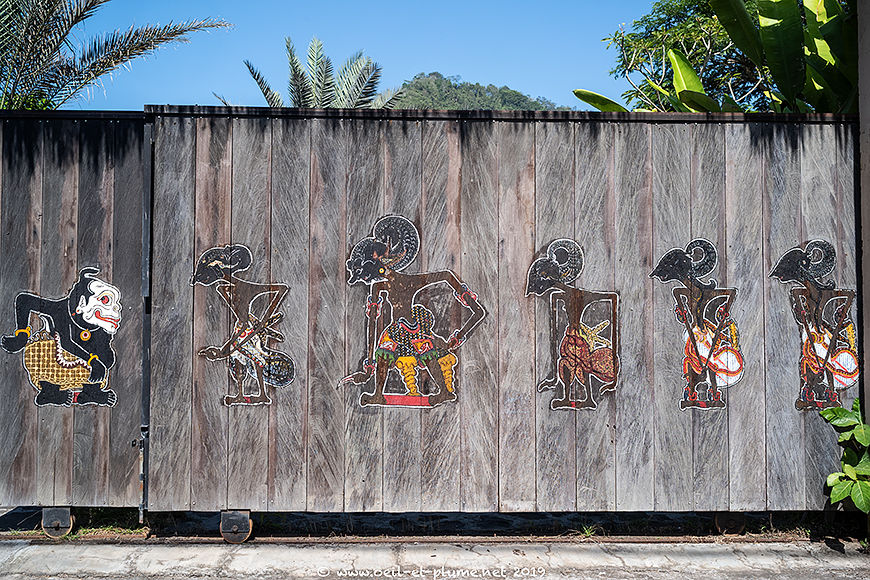
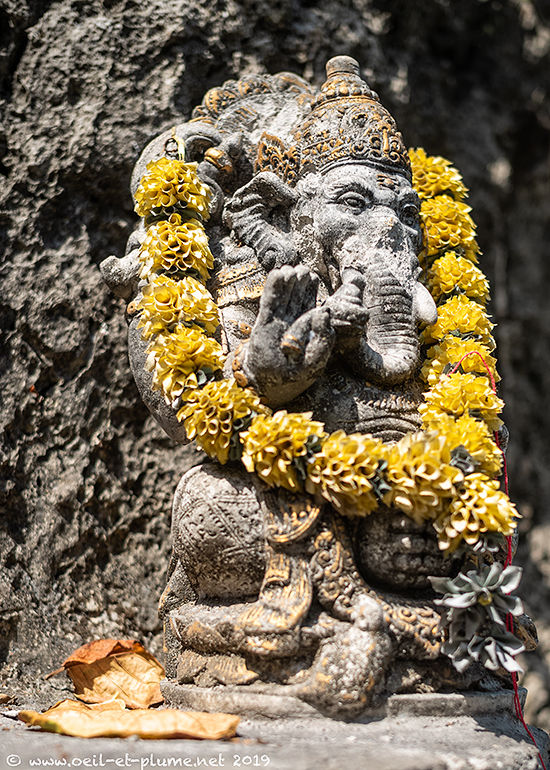
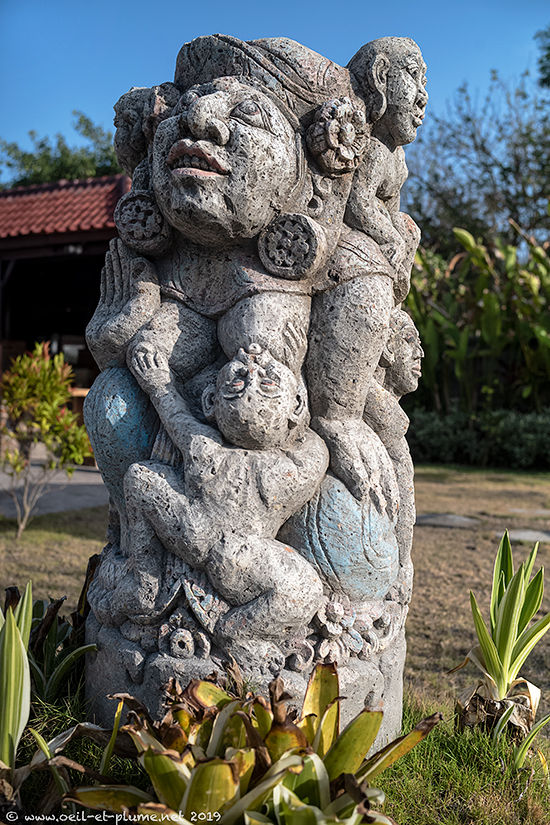
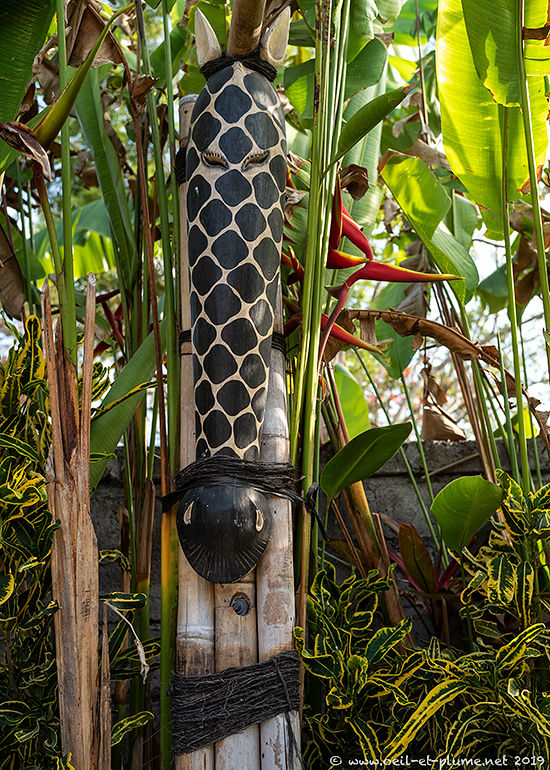
Temples constitute another outstanding manifestation of Balinese religion and culture. There are an estimated 20,000 temples in Bali. In each of them, several festivals are performed yearly.
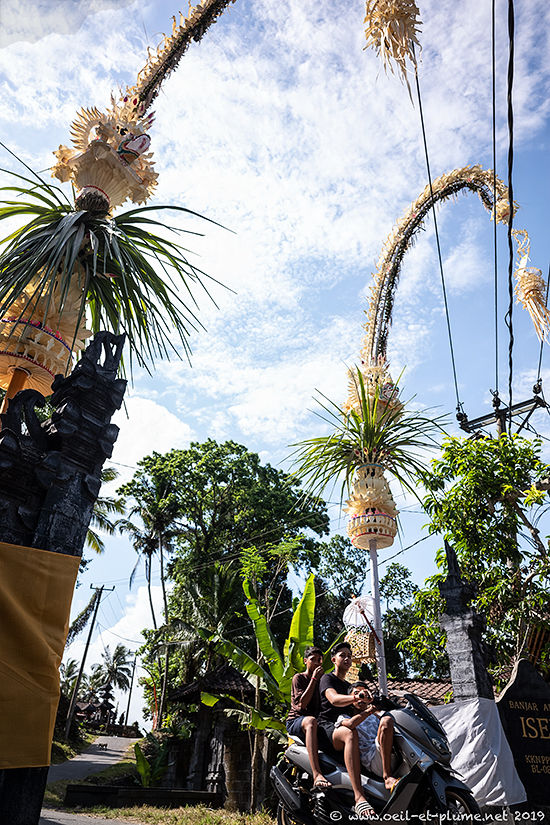


Those thousands of temples are structured along complex patterns to reflect the cast orientation of the Balinese society. At the top of the pyramid, the “mother temple” of Besakih sitting on the slopes of Mount Agung is the most important of all. At the second level of the temple hierarchy, nine “directional temples” are located in strategic points across Bali in order to protect the island and its inhabitants from dark forces. All of these Hindu temples are standing on either rugged high ground or at the water’s edge. You will be visiting below the Besakih “mother temple” and one of the nine directionial temples in Uluwatu.
Besakih Temple
The Besakih Temple (Pura Besakih) is in fact a very large religious complex consisting in dozens of temples, some of them public, others semi-public and others family temples. A dense network of unnumerable steps and pathways allows moving across the steep terrain and the large area. The many steps appear to me as the necessary effort to approach the Gods.
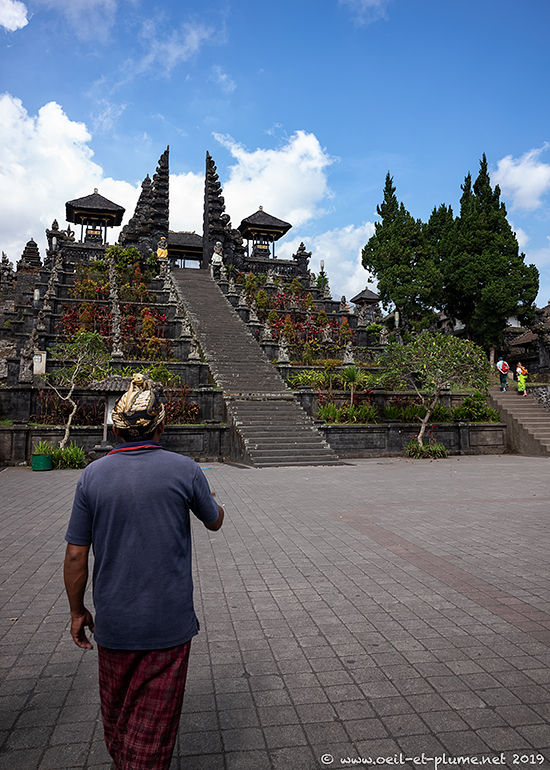
You better don’t anger the Gods. Peaking to an altitude of over 3,000 m, Mount Agung is only a few hours trek away from the temple complex, which is not without posing objective threats to the religious site and its visitors. The volcano’s latest emotional burst dates 2018.
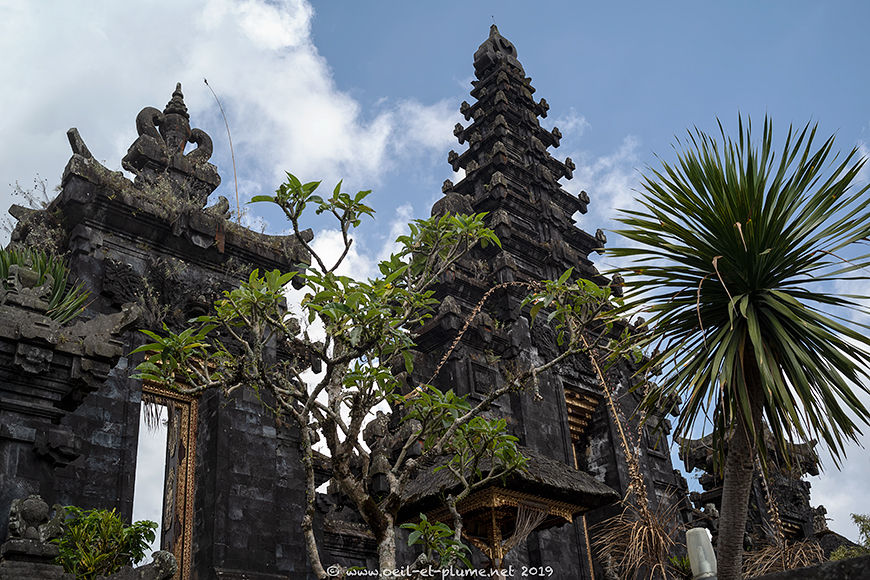
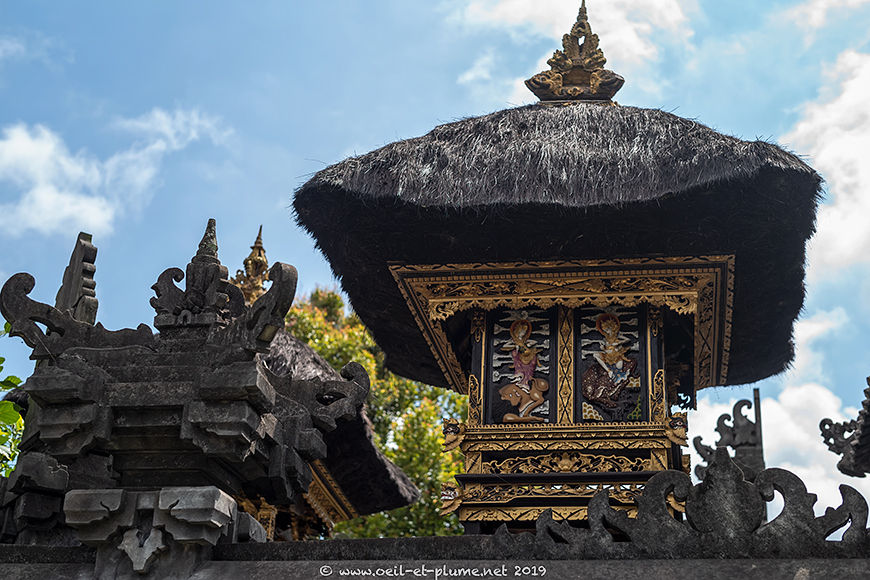
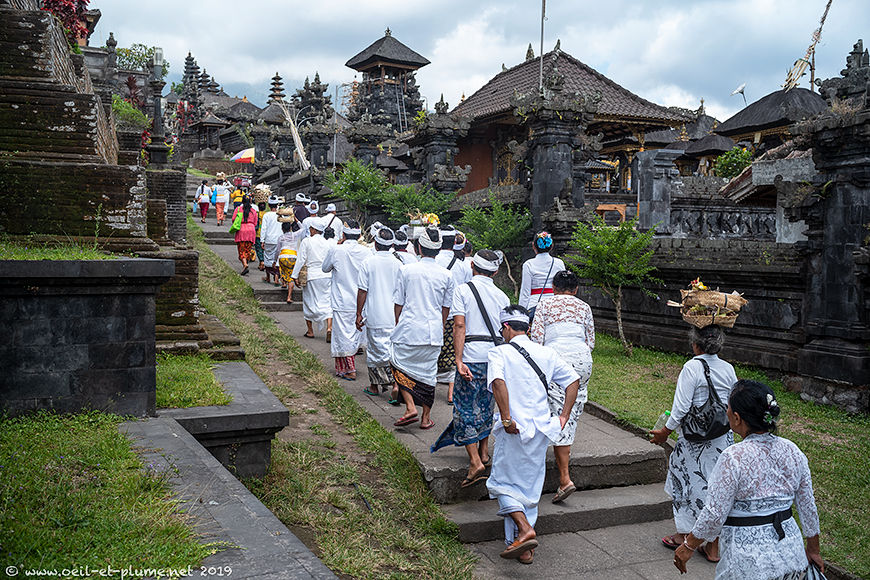
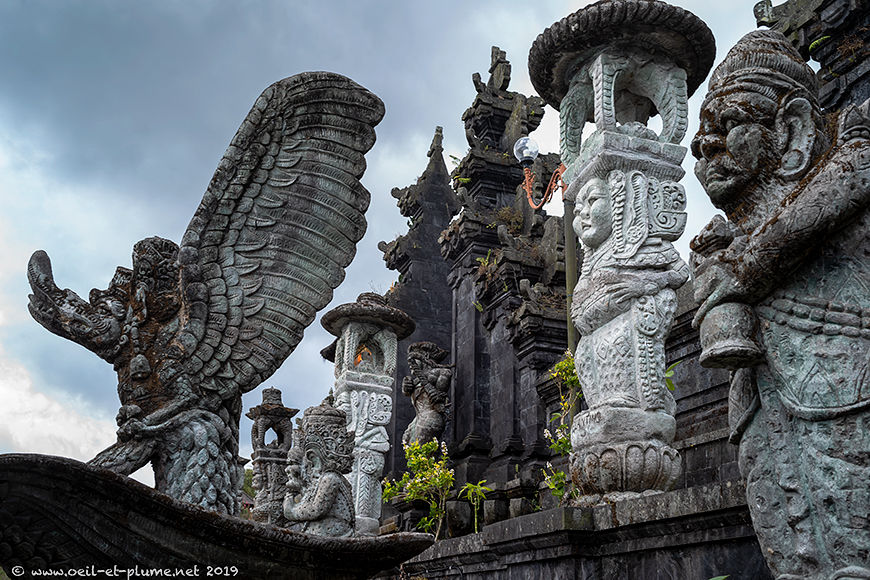
The Gods are everywhere in the complex, not only flying in the air thanks to their ethereal form but also petrified in fantastic shapes that only gifted Balinese stone carvers can capture. Many of those figures represent fearful wachdogs ready to fight and repel the evils.
The major religious sites stand higher up in the centre of the complex. Their inner shape and life remain mostly out of reach to the visitors, in order not to disturb devotees and ceremonies. Some windows remain nevertheless open to catch some visuals of the core of Balinese religious soul.
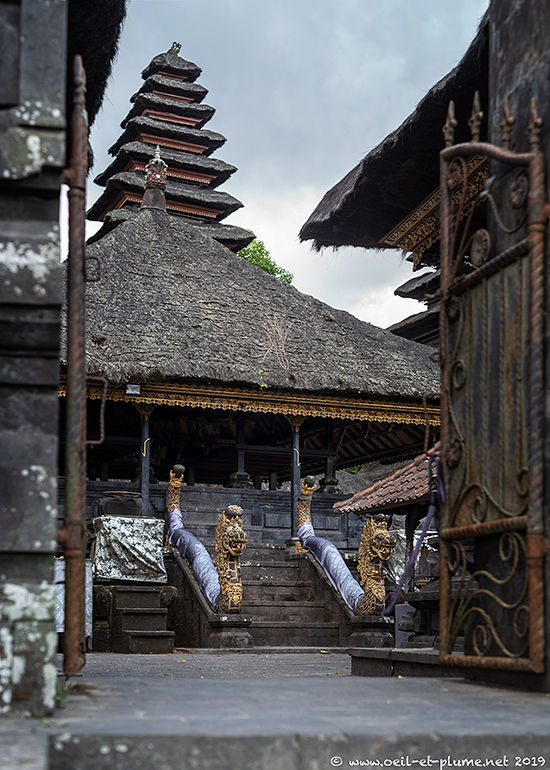
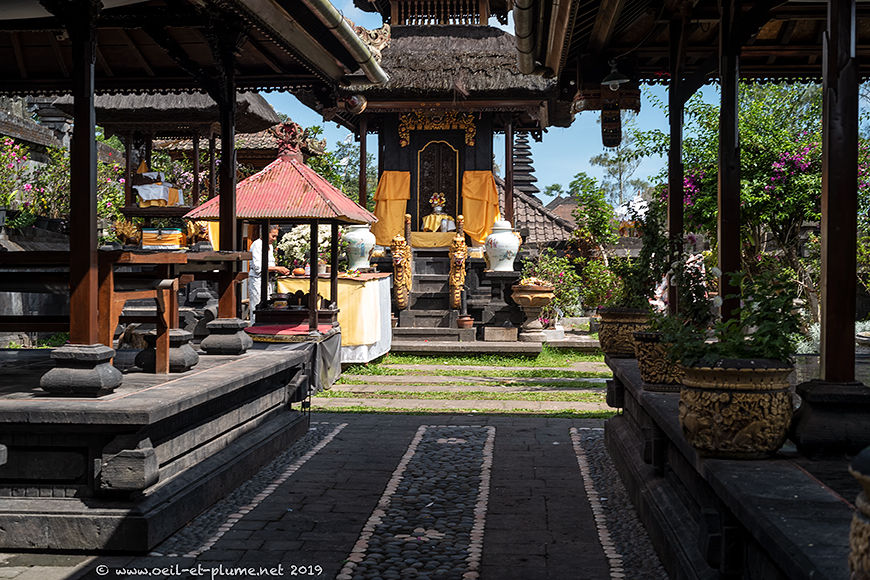
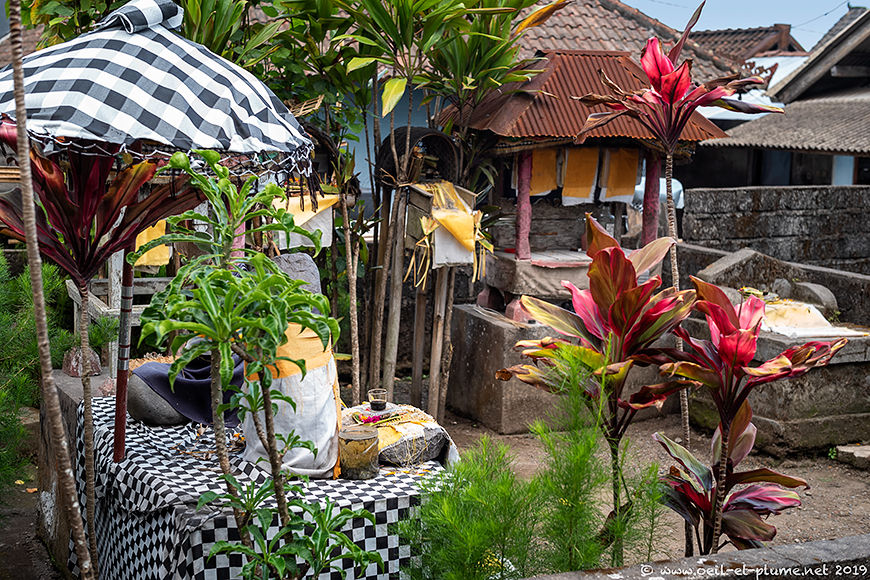
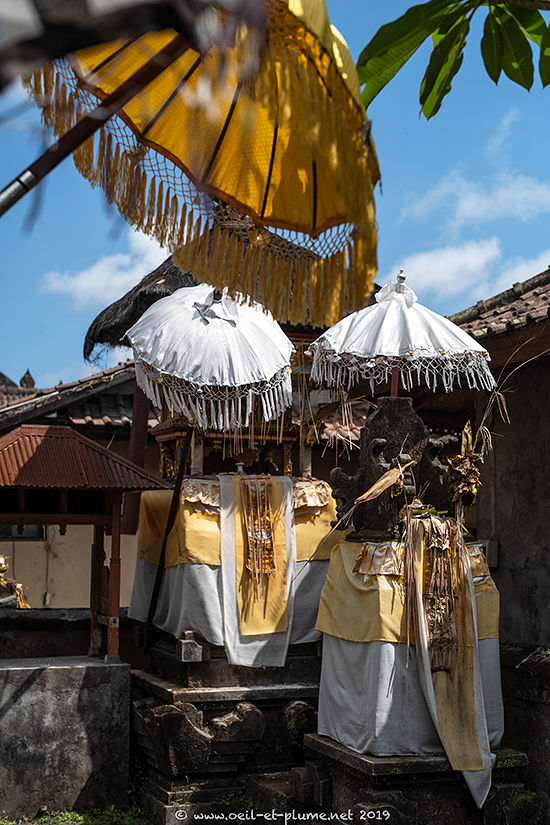

Climbing further up, we reach the Gods – or at least their hats. I love those thatched roofs. The tiered, black-thatched roofs are made from a palm fibre used exclusively for temples. The elegant, pagoda-like structures count an uneven number of tiers ranging from one to eleven to reflect the temple importance and the social positionning of its believers.

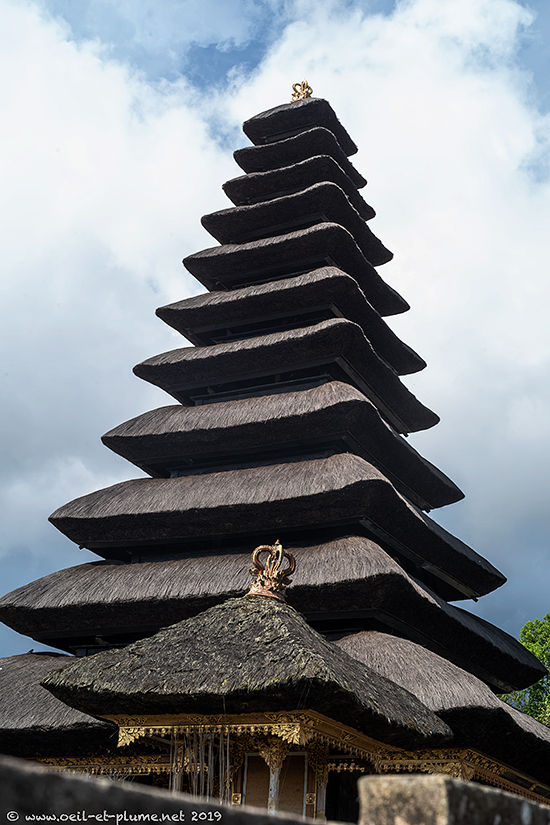
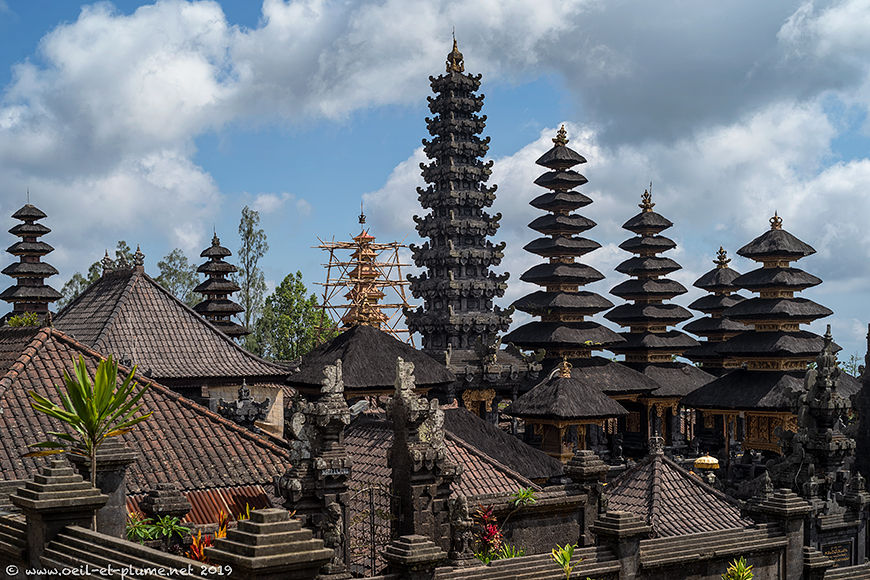
Uluwatu Temple
The Uluwatu Temple (Pura Luhur Uluwatu) is to be found at the southern tip of the island. The Hindu religious complex stands on top of a 70-meter-high cliff above the sea. The rock is said to be part of the petrified barque of Dewi Danu – the water goddess of the Balinese Hindus. The temple is of modest dimensions, but of great religious significance in Bali.
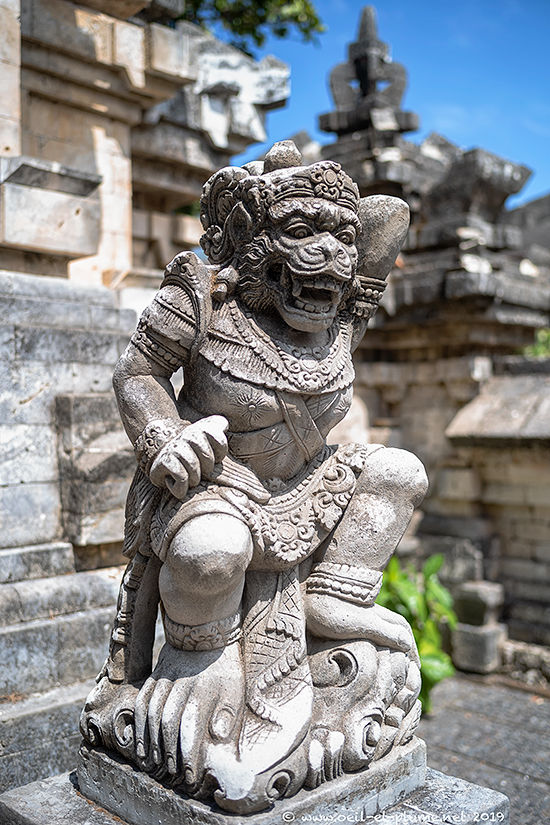
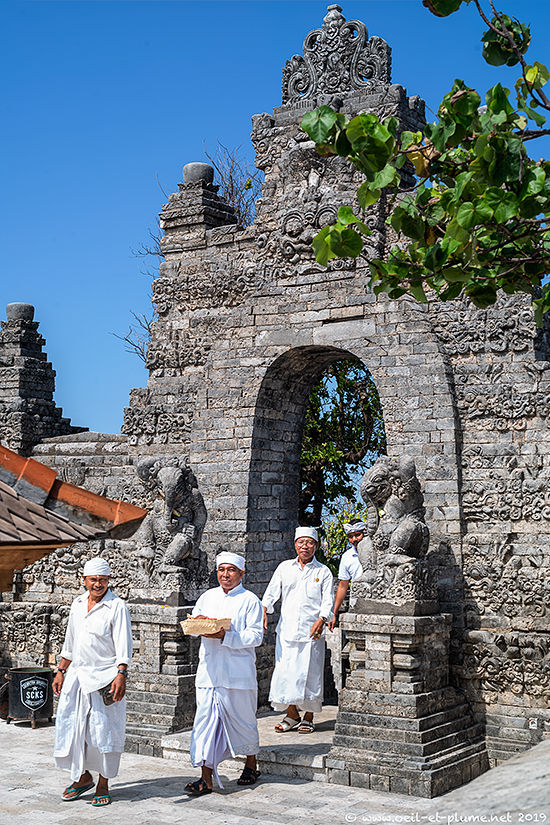
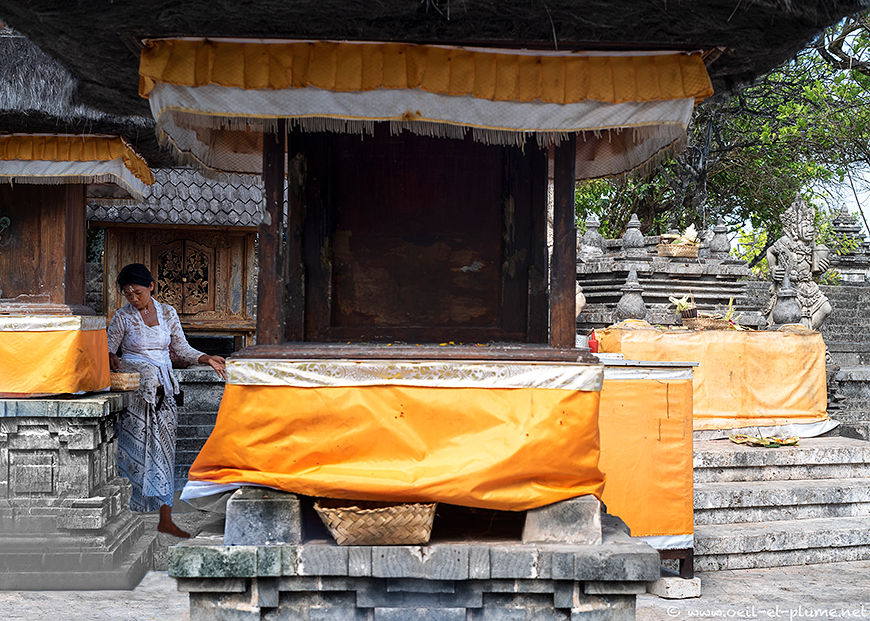
Nicknamed “Monkey Temple”, Uluwatu Temple is inhabited by Macaque monkeys who notoriously snatch visitors’ belongings. According to primate experts, Macaque monkeys learn bartering behavior. New groups of monkeys introduced into the area quickly adapt and learn the new skill from the locals.
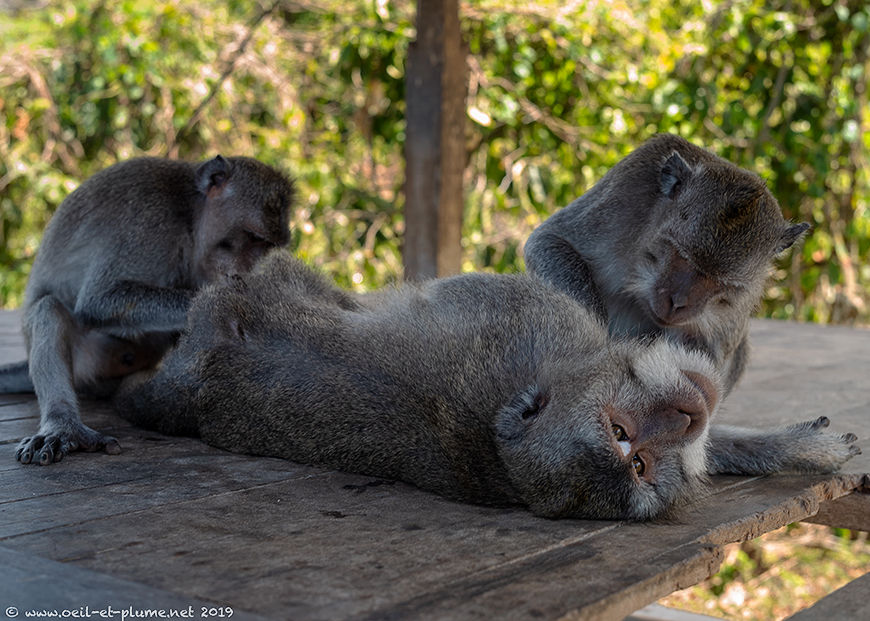

Despite strong security warnings from local officials, visitors get snatched daily. It happened several times during our short visit in Uluwatu Temple. A female tourist was first snatched her mobile phone. Only minutes later, another visitor was stolen her handbag. The monkey started taking out items one by one from the bag, until it found a mobile phone and started playing with it. Both monkeys were apparently fascinated by the mirror effect of the phone screens.
Hopefully Uluwatu monkeys will not turn soon selfies and mobile-phone addicted, as most of 21st-century human beings.
Cheers,